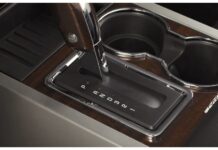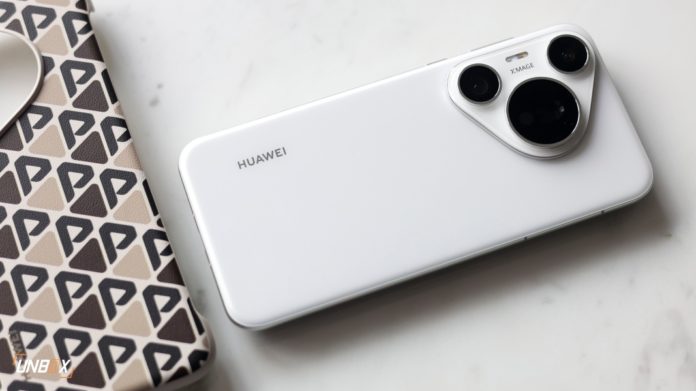Huawei’s latest smartphone, the Pura 70 Pro, has been subject to a detailed teardown by repair tools companies and online reviewers, shedding light on its composition and performance. The examination revealed that the majority of components in the device are made in China, with one notable exception.
Chinese Components
The Pura 70 Pro, exclusive to the Chinese market, underwent thorough scrutiny by iFixit, with the assistance of Reuters in obtaining the device. The teardown provided insights into the smartphone’s internal structure and performance capabilities, particularly focusing on Huawei’s latest Kirin 9010 System on a Chip (SoC).

Comparisons between the Kirin 9010 and its predecessor, the Kirin 9000S, unveiled striking similarities. Both chips share the same model ID and exhibit comparable performance metrics. iFixit suggests that the 9010 may represent a refreshed version of the 9000S, potentially boasting improved yields and marginal performance enhancements. However, benchmarks indicate that the Kirin 9010 offers only a modest eight percent increase in speed over its predecessor, falling significantly short of competitors like Qualcomm’s Snapdragon 8 Gen 3.
Challenges in Domestic Production
Additionally, the teardown highlighted Huawei’s increasing reliance on domestically sourced components. Notably, the device features a HiSilicon NAND chip with 1 TB of storage, a component unavailable in European models. While Huawei’s efforts to localize production are evident, certain components such as DRAM and motion sensors continue to be sourced from international suppliers due to existing constraints.
However, Huawei’s ambitions to achieve full domestic production face significant challenges, particularly in semiconductor manufacturing. The company’s reliance on deep ultraviolet (DUV) lithography, in contrast to extreme ultraviolet (EUV) technology, poses obstacles to scaling production. With international sanctions restricting access to crucial EUV machines, Huawei’s semiconductor endeavors encounter substantial hurdles.

Despite investments in developing proprietary lithography tools, the feasibility of Huawei’s production aspirations remains uncertain. The absence of EUV technology in China’s semiconductor industry threatens the scalability of chip manufacturing, impeding efforts to produce modern processors at scale.
As Huawei navigates these challenges, the company’s ability to innovate and adapt to evolving semiconductor technologies will be crucial in sustaining its competitiveness in the global market. However, the road to achieving self-sufficiency in chip production is fraught with obstacles, underscoring the complexities of China’s semiconductor landscape in an era of heightened technological competition.
Stay tuned to Brandsynario for latest news and updates.





































